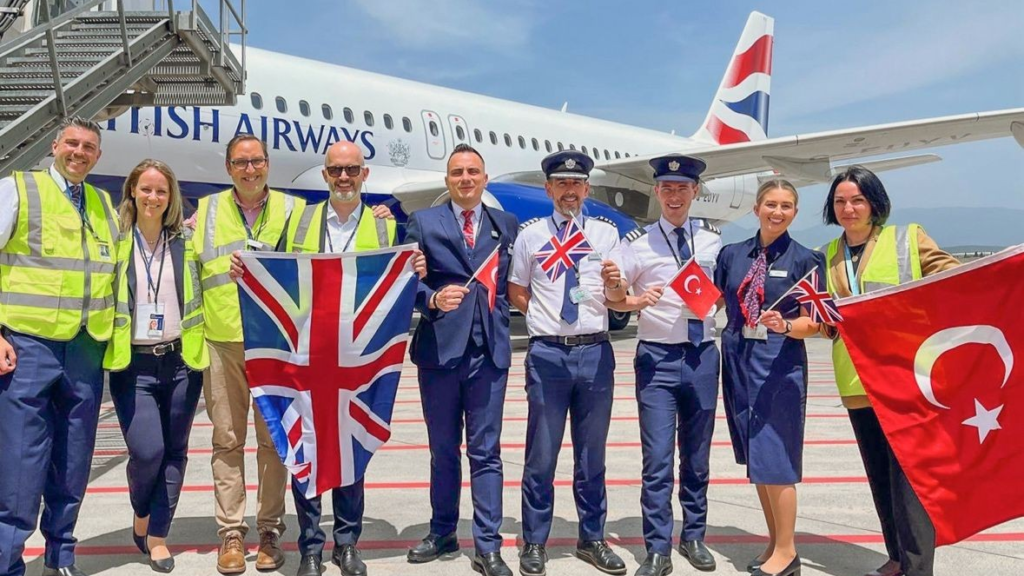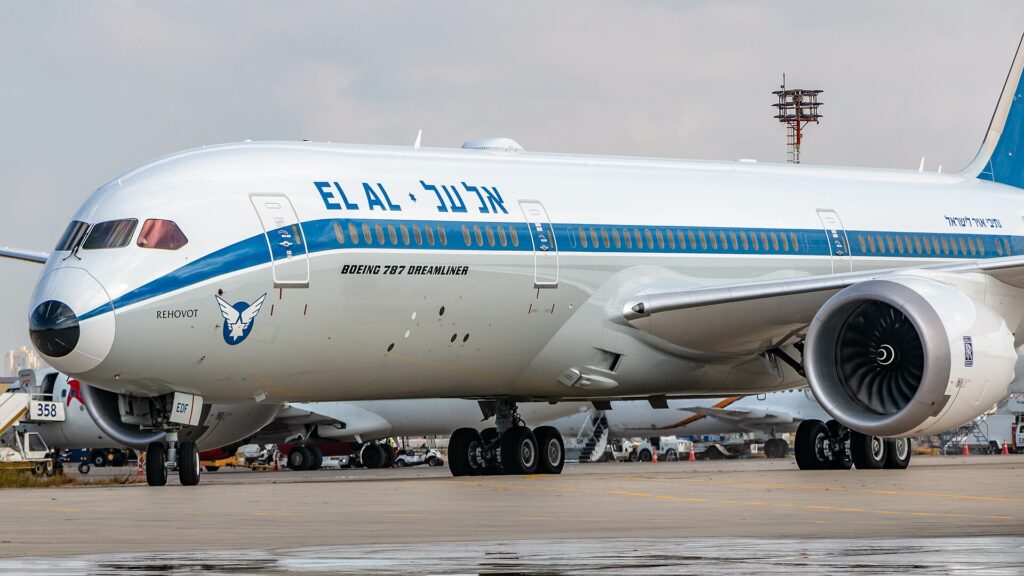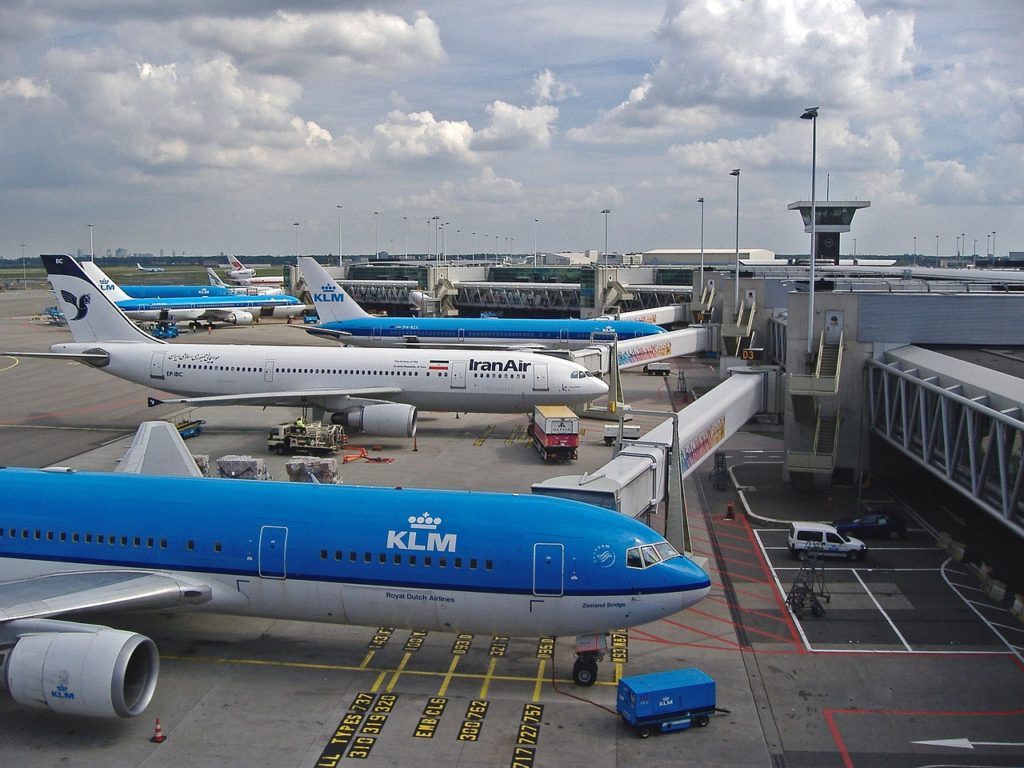European pilots, backed by unions, have lobbied for greater openness and the right to decline routes that they believe risky.
BUDAPEST- European pilots are concerned about safety when flying over the Middle East due to rising tensions.
Wizz Air (W6), a low-cost airline, is under review after pilots expressed concerns about traversing danger zones, underlining a larger industry issue.

European Pilots Fears Middle East
The safety of flights over Middle Eastern airspace has come under examination, with pilots from numerous airlines expressing concerns about security hazards.
This dispute erupted after an October 2023 incident between Israel and Iran resulted in unexpected airspace restrictions, causing airlines to reroute flights.
Despite Wizz Air’s (W6) assurances that it will adhere to thorough risk assessments and advice from the European Union Aviation Safety Agency (EASA), several pilots remain doubtful.
European pilots, backed by unions, have pushed for greater openness and the authority to decline routes they feel risky.
However, replies from airlines such as Ryanair (FR) and airBaltic (BT) show opposition to such steps, emphasizing regulatory compliance over union-driven demands.

Escalating Risks in Conflict Zones
A Wizz Air pilot in Abu Dhabi expressed confidence in flying over war zones, citing strong industry safety standards.
The airline has a specialized committee for safety oversight and policy execution.
Despite business guarantees and internal reporting mechanisms, budget airline crew members want more authority in refusing flights over unsafe territory. They want enhanced transparency in security assessments.
FPU Romania addressed these concerns in an August 12 letter to COO Diarmuid O’Conghaile, emphasizing that commercial personnel should not conduct rescue flights in crisis zones. According to the union, military members should bear this obligation.
Union spokesman Mircea Constantin reports Wizz Air supplied security updates but did not formally respond to certain safety-related communications.
Some crew members were disciplined for refusing Middle Eastern trips or reporting sick, according to unnamed sources who feared reprisal.
Missile activity in the region has increased, with 165 missiles launched in conflict zones last month compared to only 33 a year ago, according to Osprey Flight Solutions.
Such events raise fears of tragedies like the downing of Malaysia Airlines (MH) Flight MH17 in 2014.
Airlines confront a dilemma: avoiding risky airspace raises operational expenses and congestion on alternate routes such as Central Asia or Egypt.
For example, flying from Singapore to London via Afghanistan rather than the Middle East incurs up to 50% extra in overflight expenses.

Challenges and Passenger Concerns
Transparency in safety protocols is a difficult topic. Pilots and passengers both worry whether airlines provide adequate danger information.
Some airlines, such as Lufthansa (LH) and KLM (KL), enable personnel to opt out of certain routes, whilst others, like as Wizz Air, have stricter rules.
Gulf carriers such as Emirates (EK) and Etihad (EY) are viewed as risk indicators, with flights being halted in high-risk areas based on government intelligence.
Meanwhile, passenger rights groups call for more information to enable travelers make informed decisions regarding flights over war zones.
The changing geopolitical scenario needs strong safety measures and open communication among airlines, employees, and authorities.
Pilots emphasize the need of informed decision-making and transparency in sustaining trust and safety in high-risk circumstances.














Leave a Reply